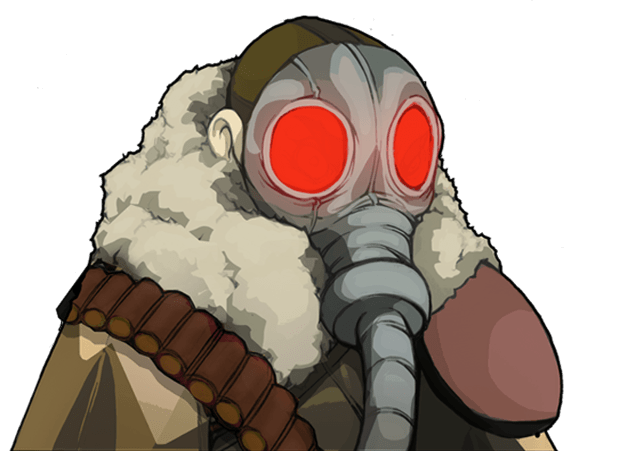

On the other side, the monarchs of the German states as well as conservatives highlighted the role the princes had played in the struggle against Napoleon, seeing a growing desire for a German national state as an attack on their royal and noble positions. This sentiment was embodied in the mythologization of the Freikorps and Landwehr regiments, volunteer fighters against the French rule.

For liberal thinkers and young, educated students, many of whom had fought in the wars, they resembled a starting point for a potential German unification into a national state. In the immediate aftermath, both the Battle of Leipzig as well as the Wars of Liberation ( Befreiungskriege), as they became known in Germany, soon established a controversial and divided culture of remembrance. Remembrance of the Battle of the Nations between 18 The scope of the fighting was unprecedented. About half a million soldiers were involved and at the end of the battle, around 110,000 men had lost their lives, with many more dying in the days after in field hospitals in and around the city. The Battle of the Nations was fought between France and their German allies against a coalition of Russian, Austrian, Prussian, and Swedish forces. The Emperor was exiled to Elba in May 1814, but briefly returned to power the following year, before being permanently banished following his defeat at the Battle of Waterloo. īetween 16 and 19 October 1813, the Battle of the Nations outside Leipzig was the decisive one in the war, cementing the French defeat and temporarily ending Napoleon's rule. The French advantage in numbers was now reversed, with the Coalition forces counting 490,000 soldiers to Napoleon's 440,000. Following a ceasefire, Austria rejoined the Coalition on 17 August.
Wiki battle nations full#
However, due to lack of training in his newly recruited soldiers, Napoleon was unable to take full advantage of his victories, allowing his enemies to regroup. During the early part of the campaign, the allied forces against Napoleon suffered defeats at Großgörschen (2 May) and Bautzen (20–21 May), being driven back to the river Elbe. Following Napoleon's unsuccessful invasion of Russia in 1812, Prussia joined the countries already at war with France to begin the War of the Sixth Coalition in March 1813. The War of the Fifth Coalition in 1809 had ended with another defeat for the joint forces of the Austrian Empire, United Kingdom, Spain, and Portugal against the French and their German allies. Over the course of the hostilities, the Holy Roman Empire had ceased to exist following the abdication of Emperor Francis II, bowing to Napoleon's pressure, including the foundation of the Confederation of the Rhine from various former members of the Empire. Napoleon Bonaparte had taken control of the country, first as Consul from 1799, and reigned as Emperor of the French under the title Napoleon I since 1804. Zauerweid, depicting the Battle of the Nationsįollowing the French Revolution, France had waged a number of wars against its European neighbours. History The War of the Sixth Coalition and the Battle of Leipzig Ī painting by Russian A.I. It was also the scene of fighting in World War II, when Nazi forces in Leipzig made their last stand against U.S.

The monument is said to stand on the spot of some of the bloodiest fighting, from where Napoleon ordered the retreat of his army. It is widely regarded as one of the best examples of Wilhelmine architecture.

The structure makes extensive use of concrete, and the facings are of granite. It contains over 500 steps to a viewing platform at the top, from which there are views across the city and environs. The structure is 91 metres (299 ft) tall. There were Germans fighting on both sides, as Napoleon's troops also included conscripted Germans from the left bank of the Rhine annexed by France, as well as troops from his German allies of the Confederation of the Rhine. The coalition armies of Russia, Prussia, Austria and Sweden were led by Tsar Alexander I of Russia and Karl Philipp, Prince of Schwarzenberg. The monument commemorates the defeat of Napoleon's French army at Leipzig, a crucial step towards the end of hostilities in the War of the Sixth Coalition. Paid for mostly by donations and the city of Leipzig, it was completed in 1913 for the 100th anniversary of the battle at a cost of six million goldmarks. The Monument to the Battle of the Nations ( German: Völkerschlachtdenkmal, sometimes shortened to Völki or Schlachti ) is a monument in Leipzig, Germany, to the 1813 Battle of Leipzig, also known as the Battle of the Nations.


 0 kommentar(er)
0 kommentar(er)
